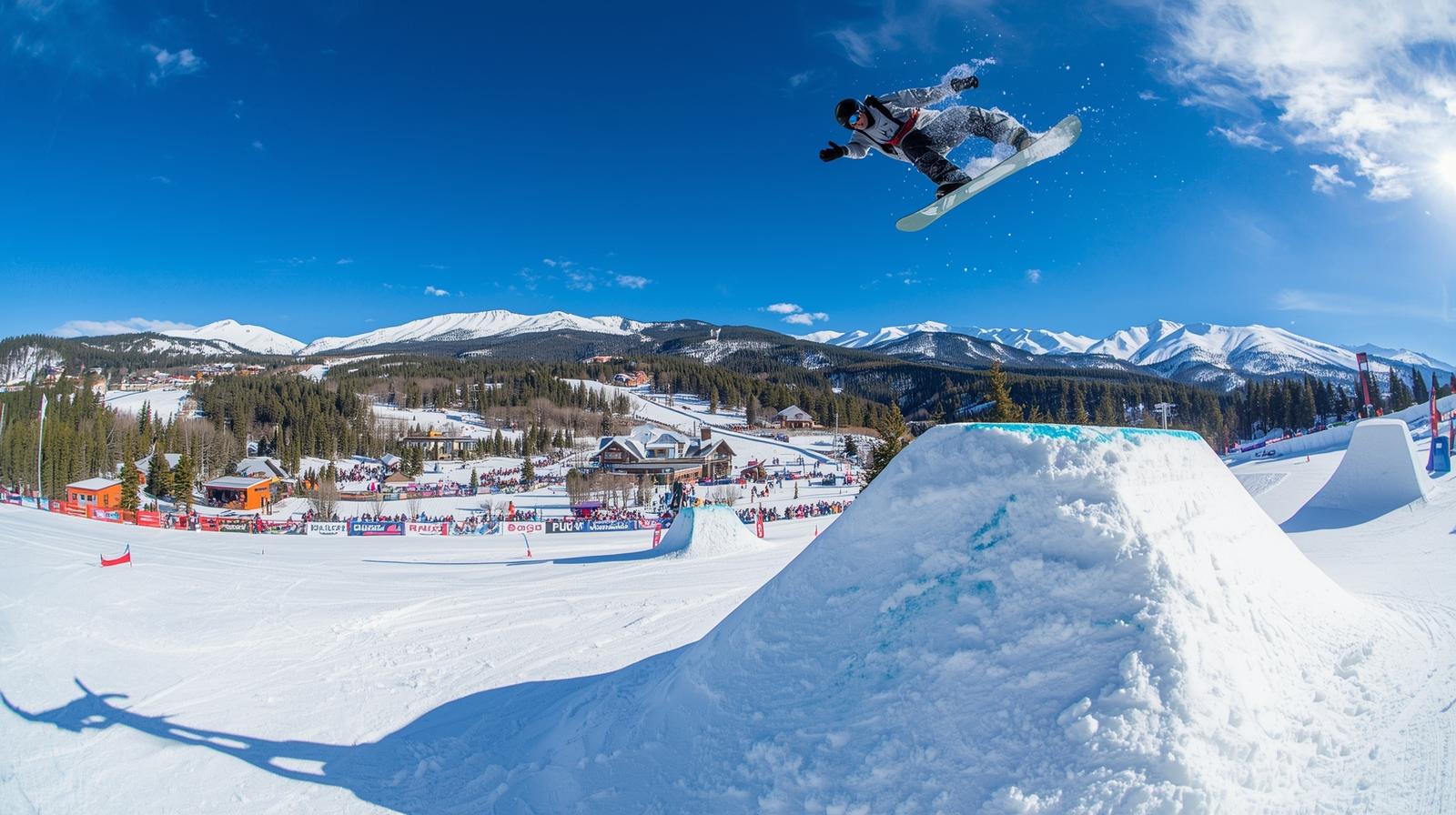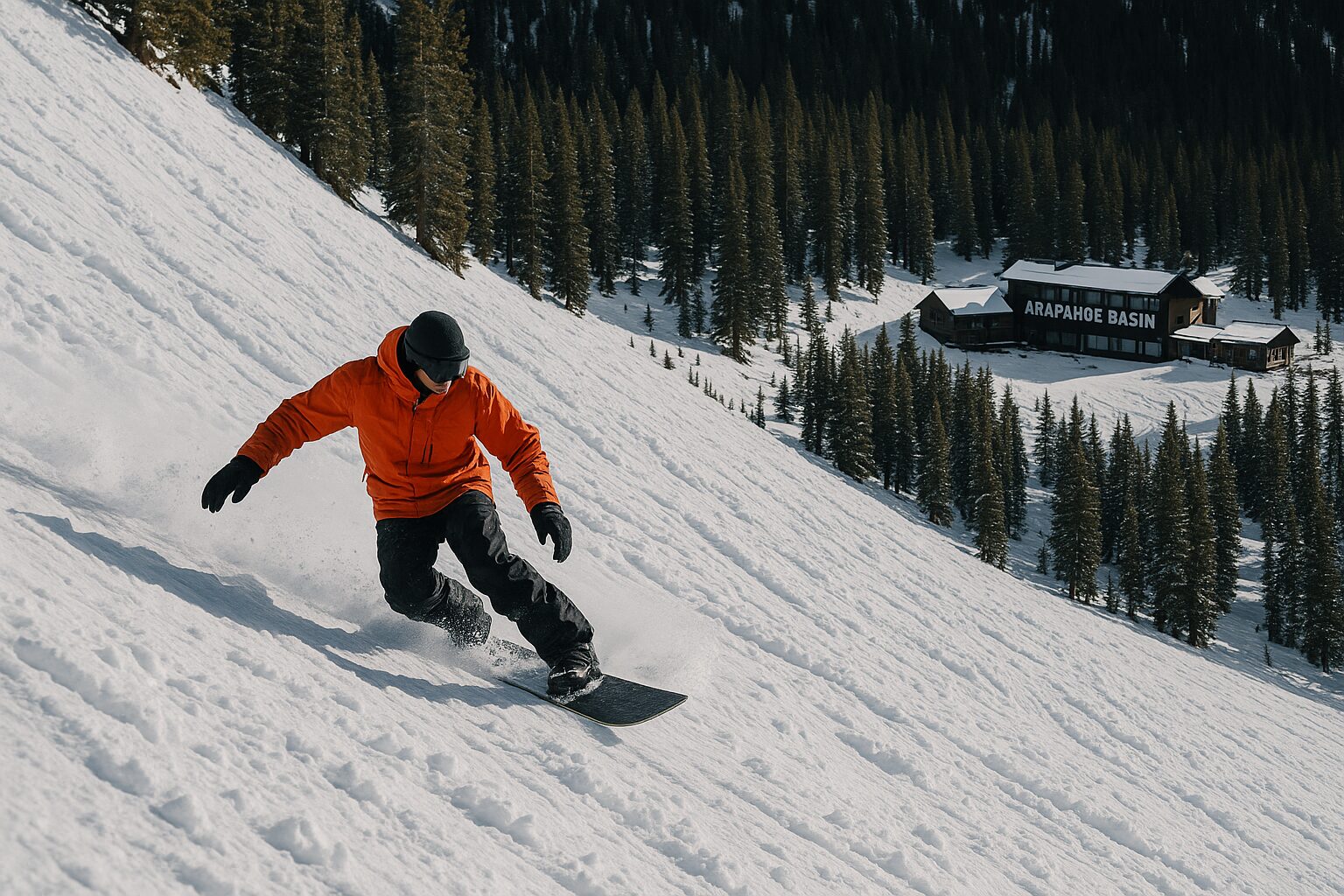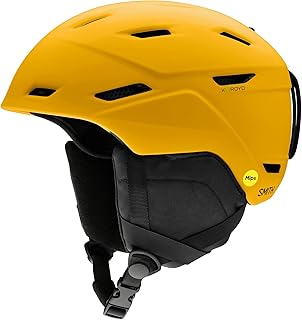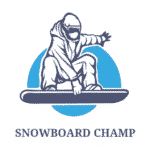The Centennial State Snowboarder: Your Ultimate Guide to Riding in Colorado
The air was thin, cold, and electric. I remember stepping off the plane in Denver for my first Colorado snowboard trip, feeling a mix of excitement and high-altitude giddiness. But the real magic happened a few days later. After a foot of fresh snow overnight, I dropped into Sun Up Bowl at Vail. The snow wasn’t just powder; it was different. It was lighter, drier, almost effervescent. They call it “Champagne Powder,” and in that moment, floating through weightless turns under a brilliant blue sky, I finally understood. Colorado isn’t just a place to snowboard; it’s a pilgrimage.
Welcome to your definitive guide to snowboarding in Colorado. Whether you’re a seasoned pro chasing epic lines or a first-timer looking for the perfect place to learn, this state has it all. We’re going to break down the legendary resorts, the gear you’ll need for the unique conditions, and the insider tips that will make your trip unforgettable. This isn’t just a list; it’s a roadmap to your next great adventure, born from countless days exploring these incredible mountains.
WHY COLORADO? THE SECRET INGREDIENTS OF A SNOWBOARDING MECCA
What makes Colorado the epicenter of North American snowboarding? While it competes with other amazing places on our list of the best snowboarding destinations, Colorado’s magic comes down to a few key factors.
- The Snow Quality: Colorado’s high altitude and dry, continental climate are the perfect recipe for incredibly light, low-moisture-content snow. This “Champagne Powder®” (a term actually trademarked by Steamboat) is a dream to ride, offering a floaty, forgiving feel that’s hard to find anywhere else.
- The sheer Variety: From the mega-resorts of the I-70 corridor to the soulful, local-vibe mountains, there are over 25 resorts to choose from. You can ride perfectly sculpted terrain parks, vast open bowls, tight glades, and steep alpine chutes, all within a few hours of each other.
- The Sunshine: Despite getting tons of snow, Colorado is famous for its “bluebird” days. The state averages around 300 days of sunshine a year, meaning you’re likely to score those perfect conditions: fresh powder and bright blue skies.
- The Snowboard Culture: Snowboarding is deeply embedded in Colorado’s DNA. Some of the sport’s pioneers, like Jake Burton Carpenter, set up shop here, and the state continues to be a hub for innovation, pro riders, and a passionate community that lives and breathes the sport.
A RESORT FOR EVERY RIDER: NAVIGATING COLORADO’S BEST
Choosing a resort can be daunting. The best way to think about it is by what kind of rider you are and what experience you’re looking for. Let’s break down the heavy hitters.
For the Park Rat & Freestyle Fanatic: Breckenridge & Keystone

Breckenridge: Go Big or Go Home
“Breck” is a freestyle institution. Its Freeway Terrain Park on Peak 8 is where pros come to train and film. We’re talking massive, perfectly sculpted jumps and a 22-foot superpipe. But what I love about Breck is its progression. It’s not just for the pros. They have smaller parks and features spread across the mountain, so you can work your way up. Beyond the park, the high-alpine terrain on the Imperial Express SuperChair (North America’s highest lift) offers some of the most stunning views and challenging bowl riding in the state.
Keystone: Night Laps & Creative Jibs
Just down the road from Breck is Keystone, home to the legendary A51 terrain park. A51 is consistently ranked among the best in the country for its creative features and flawless maintenance. The real game-changer here is night riding. Keystone has one of the largest night skiing operations in Colorado, meaning you can take park laps under the lights long after other resorts have closed. It’s a surreal experience and a must-do for any park rider.
Pros
- World-class terrain parks for all levels.
- Breck’s incredible high-alpine terrain.
- Keystone’s epic night riding.
- Vibrant, youthful atmosphere and nightlife.
Cons
- Can get extremely crowded, especially on weekends.
- Breckenridge is known for its strong winds and cold temps.
- The base area at Keystone can feel a bit sprawling.
For the Luxury Seeker & Bowl Connoisseur: Vail & Aspen Snowmass
Vail: The King of a Thousand Lines
Vail is, in a word, vast. At over 5,300 acres, it’s one of the largest resorts in the country. While the front side offers miles of immaculate groomers, the real soul of Vail lies in its legendary Back Bowls. On a powder day, dropping into Sun Up, Sun Down, or China Bowl is a religious experience. Seven bowls of wide-open, intermediate-to-expert terrain give you endless opportunities to find your own private powder stash. It’s an empowering feeling that few mountains can replicate. After a long day, the heated streets of Vail Village offer world-class dining and shopping.
Aspen Snowmass: Four Mountains, One Pass
Aspen isn’t just one resort; it’s a complex of four distinct mountains. Snowmass is the giant, with terrain for everyone. Aspen Mountain (Ajax) drops right into town and has no green runs—it’s all about steep groomers and bumps. Aspen Highlands is the local’s favorite, famous for the grueling but rewarding hike up to the Highland Bowl. And Buttermilk is the mellow, beginner-friendly mountain that also happens to host the X Games. The sheer variety is unmatched, and the towns of Aspen and Snowmass offer a level of sophistication and culture you won’t find anywhere else. While it’s a global hotspot, it’s not as inaccessible as you might think and can even be compared to some top European ski resorts in terms of scale and amenities.
For the Soul Rider & Steeps Chaser: Arapahoe Basin & Loveland

Arapahoe Basin: The Legend
“A-Basin” is a Colorado icon. It’s steep, high (the summit is 13,050 feet), and has a raw, unpretentious vibe. There are no fancy villages here; the base area is a parking lot known as “The Beach” where locals grill and hang out. The riding is all about the expert terrain. The East Wall is a legendary hike-to zone with some of the gnarliest in-bounds chutes in the state. A-Basin also has one of the longest seasons, often staying open until June or even July. It’s a place for serious riders who are there for the mountain, not the frills.
Loveland Ski Area: The Local’s Gem
Sitting right on the Continental Divide, Loveland is often the first resort to open and the last to close. It gets hammered with snow and offers incredible, wide-open high-alpine riding off The Ridge. You can take a free snowcat up to access terrain that feels like the backcountry but with the safety of patrol. Loveland has a fiercely independent spirit, and the lack of on-mountain lodging keeps the crowds down and the prices reasonable. It’s a pure, simple snowboarding experience.
Perfect for First-Timers!
If you’re new to the sport, Colorado has you covered. Resorts like Beaver Creek and Copper Mountain are fantastic places to learn, with world-class snowboard schools and tons of gentle, perfectly groomed terrain. They offer a less intimidating environment than the expert-focused mountains. For a full breakdown of the best places to start your journey, check out our guide to snowboarding resorts for beginners.
GEARING UP FOR THE HIGH ALTITUDE: A COLORADO-SPECIFIC KIT
The conditions in Colorado demand the right gear. The intense sun, cold temperatures, and varied terrain mean you need to be prepared.

Oakley Flight Deck Goggles w/ Prizm Lenses
Colorado sun is no joke. The UV is intense at altitude. Oakley’s Prizm lenses are game-changers for enhancing contrast in bright light and flat light. A good pair of goggles is your most important piece of safety gear after a helmet. See more in our guide to the best snowboard goggles.
Check Price on Amazon
CAPiTA Defenders of Awesome Snowboard
You can encounter powder, groomers, and park features all in one run in Colorado. The D.O.A. is the quintessential “quiver killer.” Its hybrid camber profile gives you pop and edge hold while remaining forgiving and floaty enough for powder days. It’s the perfect daily driver for Colorado’s varied terrain.
Check Price on Amazon
Smith Mission MIPS Snow Helmet
A helmet is non-negotiable. The Smith Mission offers top-tier MIPS protection for rotational impacts, along with adjustable venting to dump heat on warm spring days or lock in warmth during a storm. For more options, browse our guide to the best snowboard helmets.
Check Price on AmazonDon’t forget about your other essentials! A comfortable, responsive pair from our list of the best snowboard boots will keep your feet happy, and a padded travel case from our review of the best snowboard bags will ensure your gear arrives in one piece.
BEYOND THE ROPES: A TASTE OF THE COLORADO BACKCOUNTRY
Colorado is home to some of the most accessible and incredible backcountry terrain in the world. Passes like Berthoud, Loveland, and Vail Pass are legendary training grounds. However, this is where the fun stops and the seriousness begins.
SAFETY WARNING: ENTER AT YOUR OWN RISK
Colorado’s backcountry is notoriously dangerous, with a complex continental snowpack that leads to persistent avalanche problems. It is not an extension of the resort. Crossing a boundary rope without the proper training, gear (beacon, shovel, probe), and partners is a life-threatening decision. Before you even consider it, you must get educated. Our essential guide to backcountry snowboarding is the absolute first place you should start.
COLORADO TRIP-PLANNING FAQ
For the deepest powder, February is typically the snowiest and coldest month. For a mix of powder days and sunshine, March is prime time—the snow base is deep, and storms are often followed by bluebird days. For warmer temps and fewer crowds, April offers fantastic spring “corn” snow and a fun, relaxed atmosphere.
Altitude sickness is real and can ruin a trip. The key is acclimatization. If possible, spend a night in Denver (5,280 feet) before heading to the resorts (most are 9,000-11,000 feet). Hydrate, hydrate, hydrate! Drink significantly more water than you usually do, starting the day before you travel. Avoid excessive alcohol and caffeine. Take it easy your first day on the mountain.
It is highly recommended. Colorado has traction laws that are often in effect on I-70 and mountain passes. This means you legally need snow tires, all-season tires with 4WD/AWD, or chains. A 4WD or AWD vehicle will give you peace of mind and is much safer in a storm. The I-70 mountain corridor can be treacherous, and weather changes in an instant.
This is the great debate! The Epic Pass (Vail Resorts) gives you access to Vail, Beaver Creek, Breckenridge, Keystone, and Crested Butte. The Ikon Pass (Alterra) covers Aspen Snowmass, Steamboat, Winter Park, Copper Mountain, and A-Basin. There’s no wrong answer. Look at the resorts that appeal most to you and your budget. Both passes offer incredible value if you plan to ride more than a week.
YOUR COLORADO ADVENTURE AWAITS
From the sun-drenched bowls of Vail to the legendary parks of Breckenridge, Colorado offers a lifetime of snowboarding adventures. It’s a place that challenges you, rewards you, and ultimately, captures a piece of your soul. The unique combination of light snow, brilliant sun, and breathtaking scenery creates moments on a snowboard that you will never forget.
So start planning, do your research, and get ready to experience the magic of the Centennial State. That perfect, weightless turn is waiting for you.






















Pingback: Is It Easier to Ski or Snowboard? The Definitive Beginner’s Guide